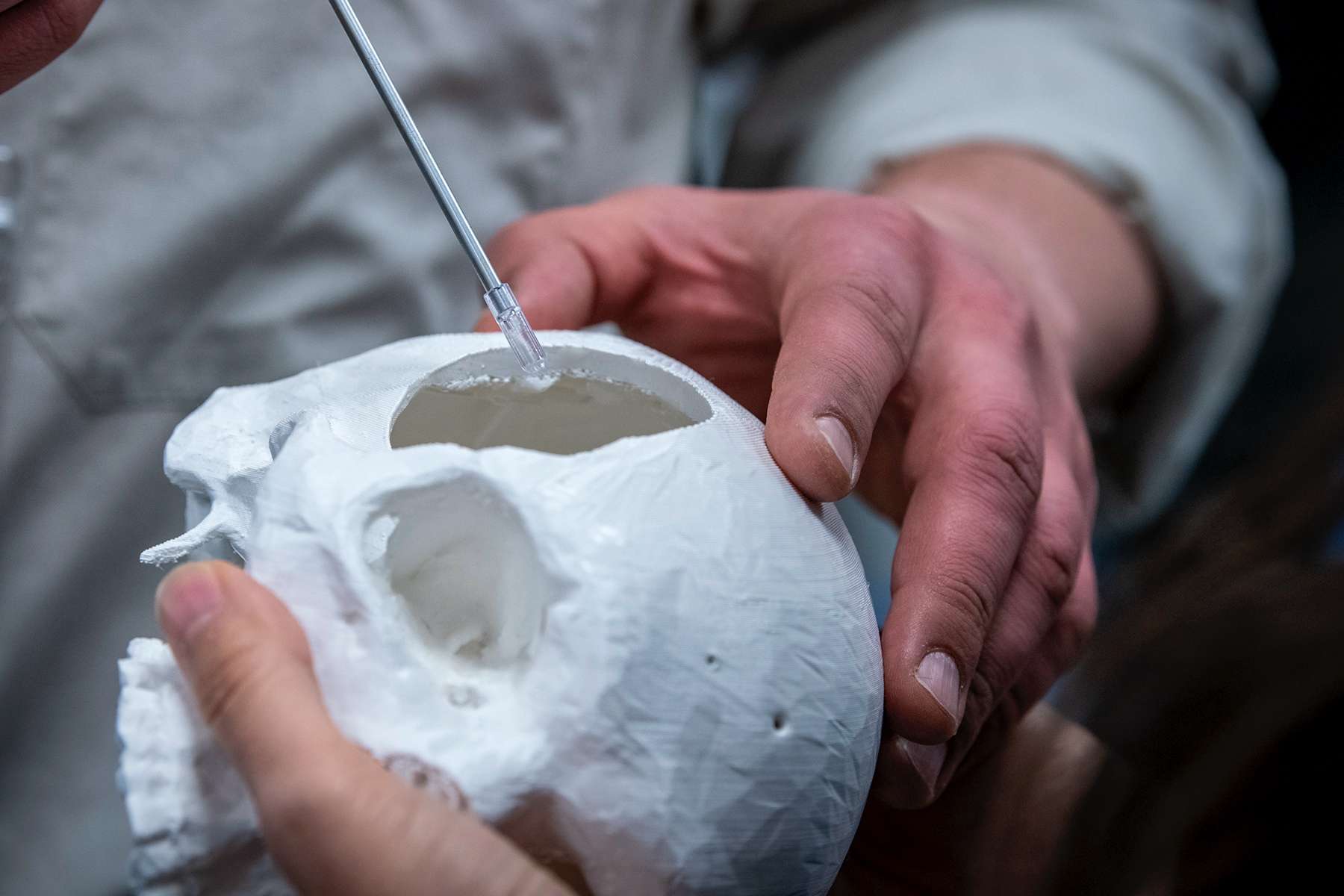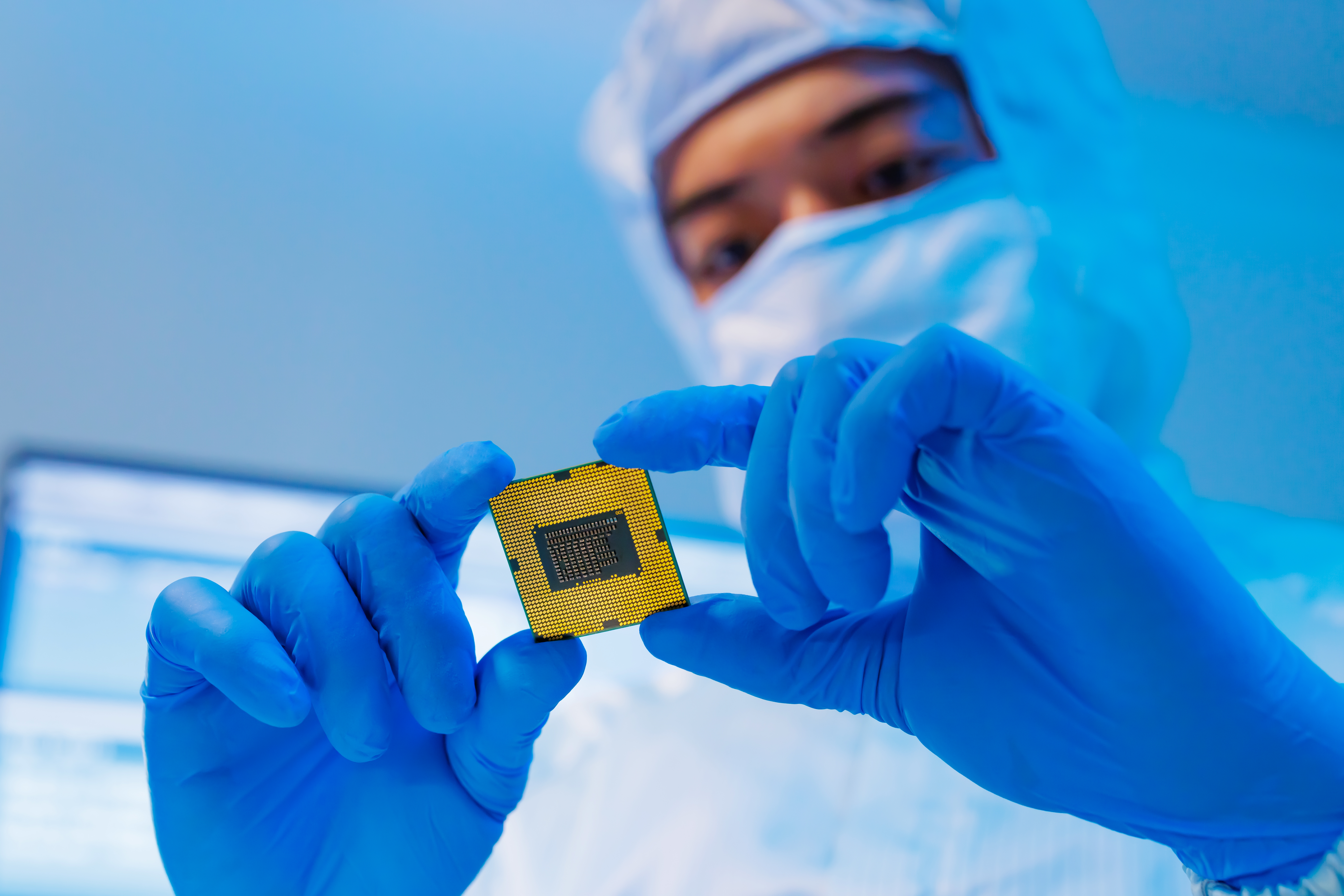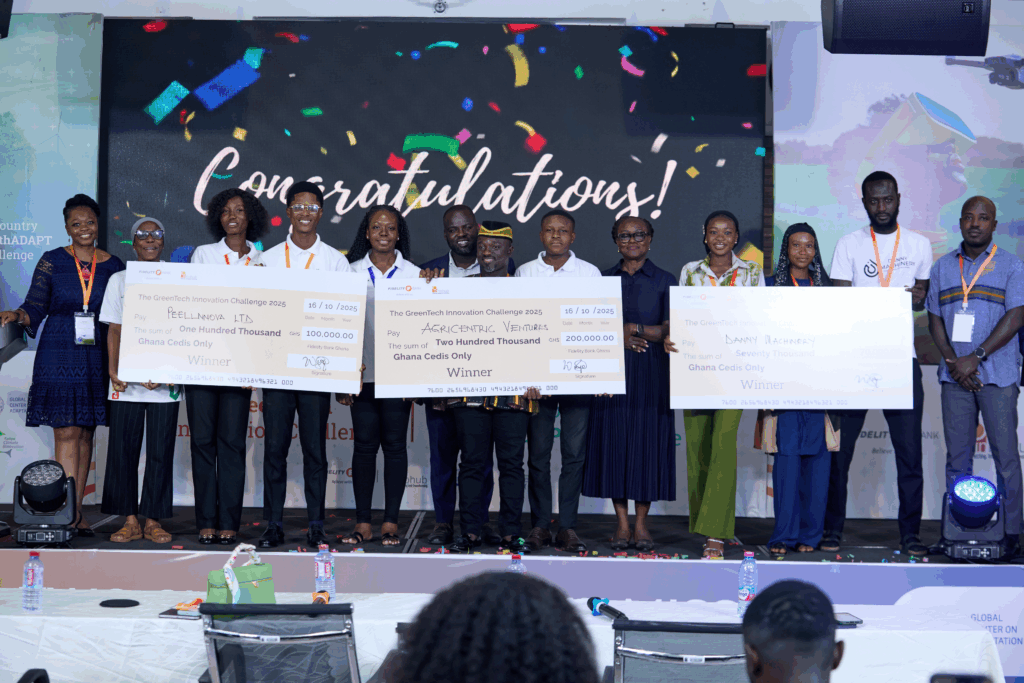Copyright Kingstonist

A new Canadian-made tool, developed by a research team at Kingston Health Sciences Centre (KHSC) and Queen’s University, is changing the way scientists study glioblastoma, the most aggressive form of brain cancer. Neurosurgeon scientists and assistant professors Dr. James Purzner and Dr. Teresa Purzner, along with Queen’s Engineering PhD candidate Kaytlin Andrews, have designed and patented a 3D-printed surgical biopsy capsule – a tool used to take small tissue samples from brain tumours – with unprecedented precision during surgical procedures, according to a release from KHSC. Published recently in the journal Operative Neurosurgery, this breakthrough has the potential to transform how brain tumours are studied — and ultimately how they will be treated in the future, the hospital organization detailed. “Glioblastoma tumours are incredibly complex and diverse,” explained Dr. Teresa Purzner. “Traditionally, researchers have been limited to small, somewhat arbitrarily collected tissue fragments, which is like trying to study an elephant using only snapshots of its toenail, trunk, or ear. They each might suggest you’re looking at something entirely different.” According to the release, with this capsule, research teams are now able to systematically collect dozens of tissue samples and study the tumour’s molecular makeup. Each sample is linked back to MRI imaging, so researchers can map exactly where each sample came from. “With this approach, we can start to build a more systematic and comprehensive map of how these tumours grow and spread. This could give us important clues about when they might recur and how we can treat them,” said Dr. Teresa Purzner. KHSC stated that the surgical biopsy capsule is already being used in its operating rooms, making Kingston the only medical centre in the world currently using this new Canadian-made tool. According to the release, the work will not only provide new insights into tumour biology but may also lay the foundation for future treatments. Potential applications include: Focused radiation treatments to target high-risk areas of tumours that are most likely to spread or return. Smarter surgical decision-making to help neurosurgeons remove the tumour more precisely and safely. Innovative drug development, supported by the most comprehensive molecular profiles of glioblastoma ever collected. Dr. James Purzner said that the biology of glioblastoma is much different than any other type of cancer, which in part makes them so difficult to study. The tumours start in cells that can transform and spread through the brain. Because of this, the cells in one area can be quite different from those just a few millimetres away. “These cells also carry many different types of DNA mutations as well as large copies of extra genetic material. So, if we can understand these differences, we can better tailor surgery and radiation treatments and focus our research on what matters most for patients,” he noted. The capsules, which have been patented with the support of Queen’s Partnership and Innovation, are created using standard 3D printing technology, according to the release. This makes them easily available to other hospitals around the world, at a cost of only about 30 cents each, spreading the impact of this foundational research. KHSC said that the Kingston team is now building partnerships with other hospitals across Ontario to expand this study. Work is also underway to build a state-of-the-art tissue banking facility that can store samples from patients across Canada, positioning KHSC and Queen’s as a global hub for brain tumour research. “This project beautifully illustrates what is possible when clinical care and cutting-edge research converge,” said Dr. Steven Smith, President and CEO of the KHSC Research Institute and Deputy Vice-Principal Research at Queen’s University. “Our teams are creating a resource that could help unlock novel treatments for glioblastoma and give hope to patients encountering this devastating disease, while at the same time putting Kingston on the map as a global research leader.”



